Charles M. Kozierok The TCP-IP Guide
Подождите немного. Документ загружается.

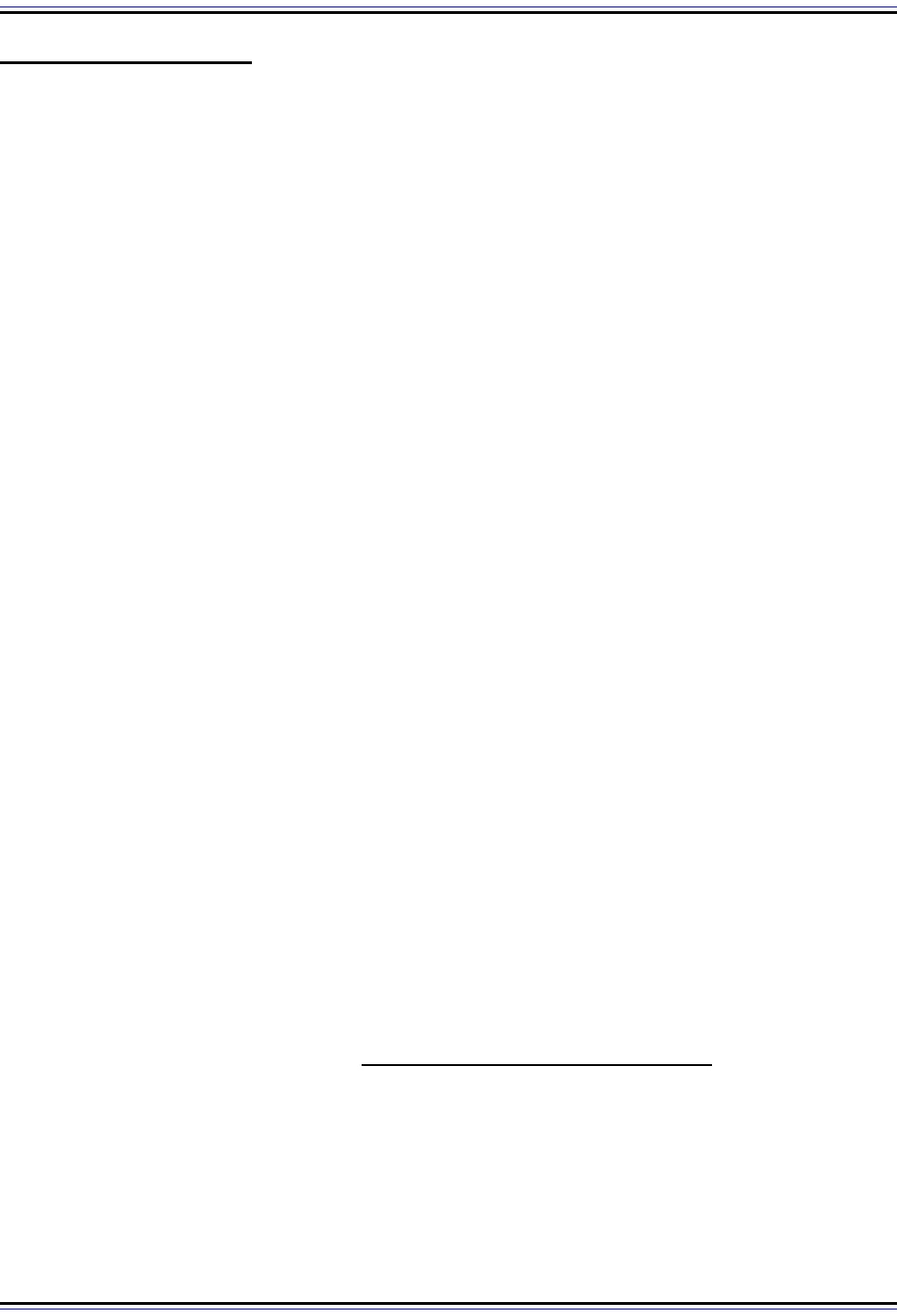
The TCP/IP Guide - Version 3.0 (Contents) ` 1201 _ © 2001-2005 Charles M. Kozierok. All Rights Reserved.
DHCP Security Issues
DHCP was designed in the early 1990s, when the number of organizations on the Internet
was relatively small. Furthermore, it was based on BOOTP, which was created in the 1980s
when the Internet as we know it today barely even existed. In those days, Internet security
wasn't a big issue, because it was mostly a small group of research and educational organi-
zations using TCP/IP on the Internet. As a result, DHCP, like many protocols of that era,
doesn't do much to address security concerns.
Actually, this is a bit understated. Not only does DHCP run over IP and UDP, which are
inherently insecure, the DHCP protocol itself has in fact no security provisions whatsoever.
This is a fairly serious issue in modern networks, because of the sheer power of DHCP: the
protocol deals with critical configuration information. There are two different classes of
potential security problems related to DHCP:
☯ Unauthorized DHCP Servers: If a malicious person plants a “rogue” DHCP server, it
is possible that this device could respond to client requests and supply them with
spurious configuration information. This could be used to make clients unusable on the
network, or worse, set them up for further abuse later on. For example, a hacker could
exploit a bogus DHCP server to direct a DHCP client to use a router under the
hacker's control, rather than the one the client is supposed to use.
☯ Unauthorized DHCP Clients: A client could be set up that masquerades as a legit-
imate DHCP client and thereby obtain configuration information intended for that
client; this could then be used to compromise the network later on. Alternately, a “bad
guy” could use software to generate lots of bogus DHCP client requests to use up all
the IP addresses in a DHCP server's pool. More simply, this could be used by a thief to
steal an IP address from an organization for his own use.
Adding Security to DHCP
These are obviously serious concerns. The normal recommended solutions to these risks
generally involve providing security at lower layers. For example, one of the most important
techniques for preventing unauthorized servers and clients is careful control over physical
access to the network: layer one security. Security techniques implemented at layer two
may also be of use, for example, in the case of wireless LANs. Since DHCP runs over UDP
and IP, one could use IPSec at layer three to provide authentication.
DHCP Authentication
To try to address some of the more specific security concerns within DHCP itself, in June
2001 the IETF published RFC 3118, Authentication for DHCP Messages. This standard
describes an enhancement that replaces the normal DHCP messages with authenticated
ones. Clients and servers check the authentication information and reject messages that
come from invalid sources. The technology involves the use of a new DHCP option type,
the Authentication option, and operating changes to several of the leasing processes to use
this option.
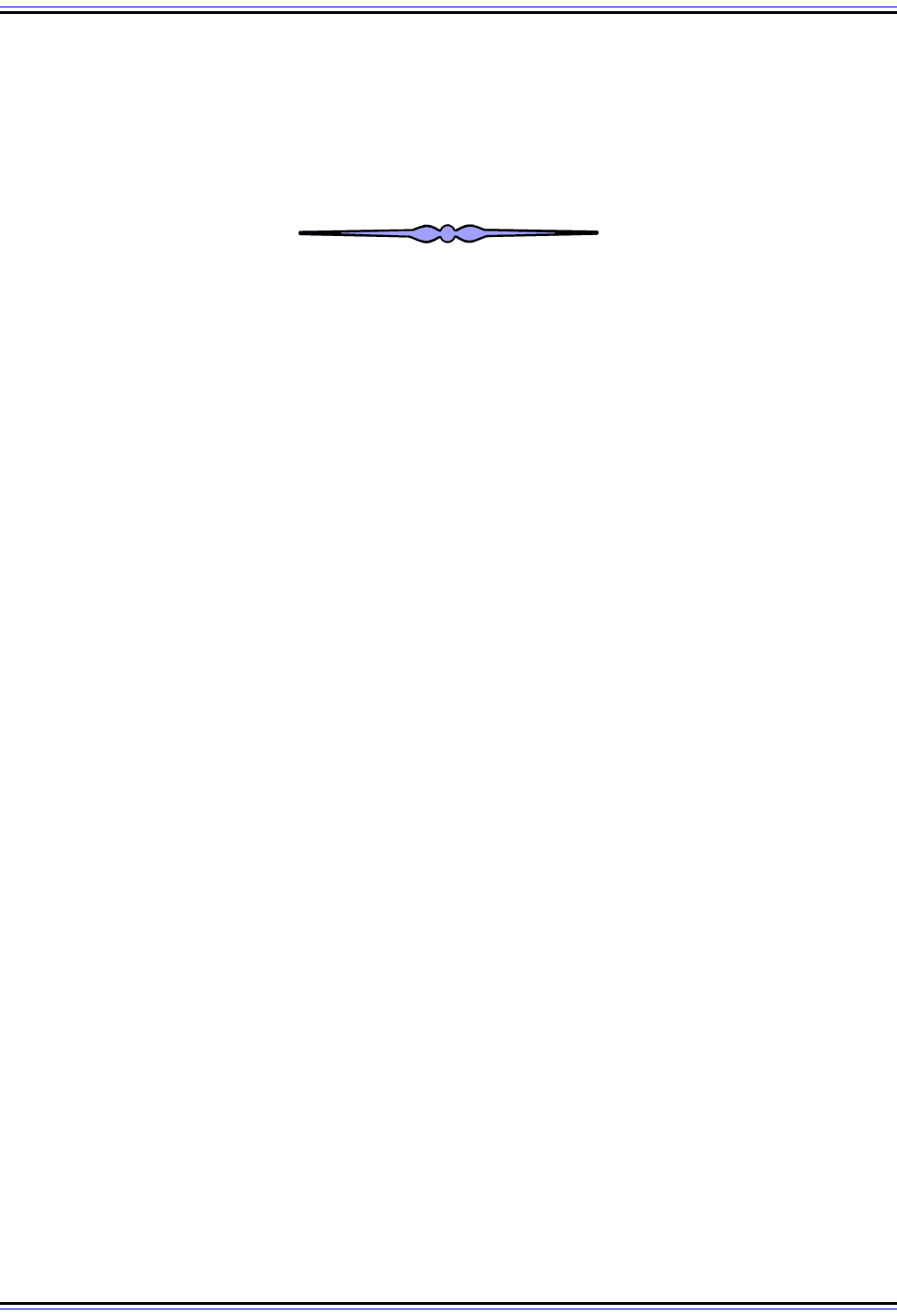
The TCP/IP Guide - Version 3.0 (Contents) ` 1202 _ © 2001-2005 Charles M. Kozierok. All Rights Reserved.
Unfortunately, 2001 was pretty late in the DHCP game, and there are millions of DHCP
clients and servers around that don't support this new standard. Both client and server must
be programmed to use authentication for this method to have value. A DHCP server that
supports authentication could use it for clients that support the feature and skip it for those
that do not. However, the fact that this option is not universal means that it is not widely
deployed, and most networks must rely on more conventional security measures.
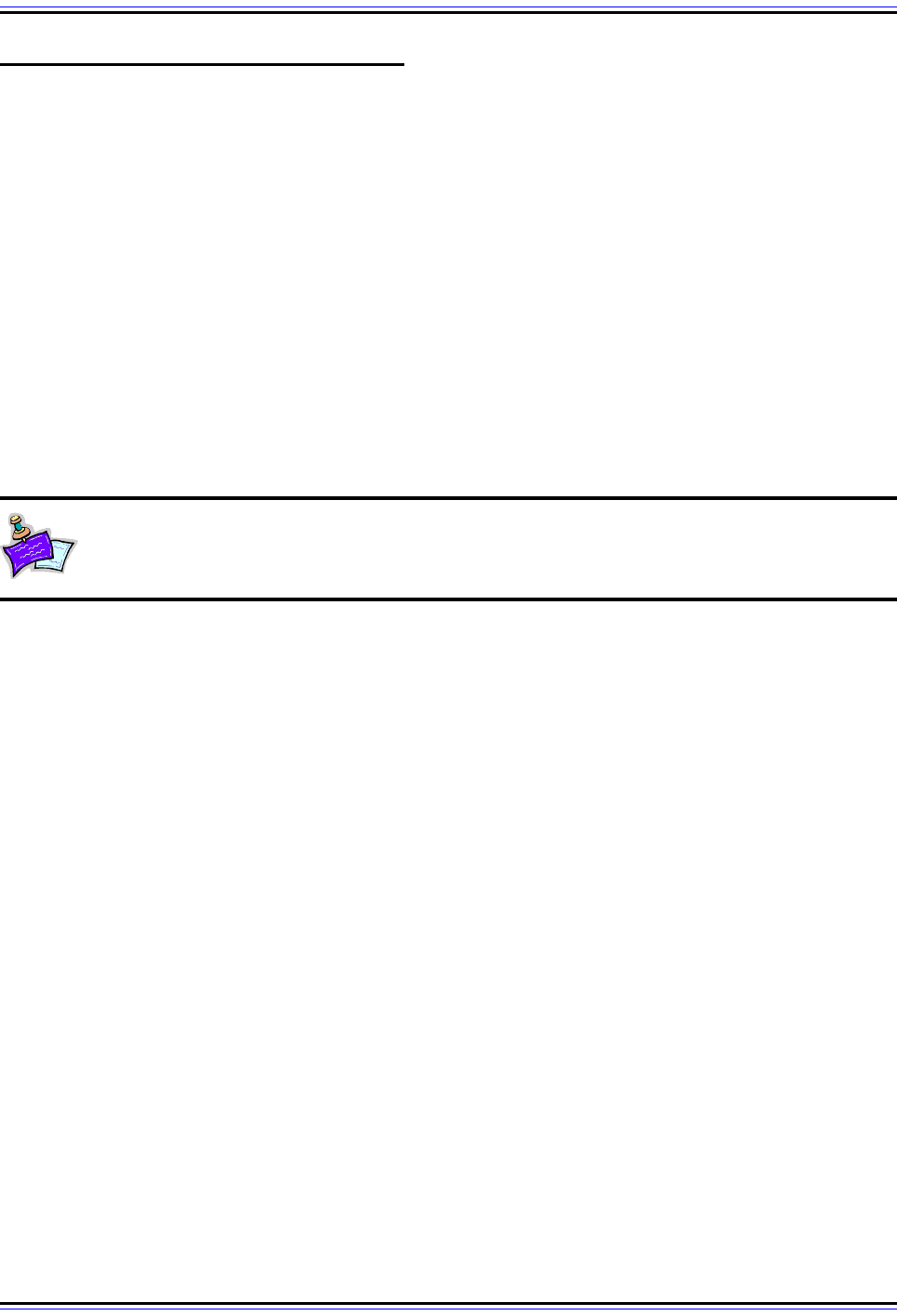
The TCP/IP Guide - Version 3.0 (Contents) ` 1203 _ © 2001-2005 Charles M. Kozierok. All Rights Reserved.
DHCP For IP Version 6 (DHCPv6)
DHCP is currently the standard host configuration protocol for the TCP/IP protocol suite.
TCP/IP is built upon version 4 of the Internet Protocol, also known sometimes as IPv4.
However, development work has been underway since the early 1990s on a successor to
IPv4: version 6 of the Internet Protocol, or IPv6. This new IP standard will be the future of
TCP/IP; it is described in detail in its own section of this Guide.
While most of the changes that IPv6 brings impact technologies at the lower layers of the
TCP/IP architectural model, the significance of the modifications means that many other
TCP/IP protocols are also affected. This is particularly true of protocols that work with
addresses or configuration information, including DHCP. For this reason, a new version of
DHCP is required for IPv6. Development has been underway for quite some time on DHCP
For IPv6, also sometimes called DHCPv6. At the time that I write this topic, DHCPv6 has
not yet been formally published—it is still an Internet draft under discussion. I will provide a
summary of the protocol here, and may expand this into a larger section later.
Note: In discussions purely oriented around IPv6, DHCPv6 is sometimes just
called “DHCP”, and the original DHCP is called “DHCPv4”, so watch out for that!
For obvious reasons, I am not going to do that here.
Two Methods for Autoconfiguration in IPv6
One of the many enhancements introduced in IPv6 is an overall strategy for easier adminis-
tration of IP devices, including host configuration. There are two basic methods defined for
autoconfiguration of IPv6 hosts:
☯ Stateless Autoconfiguration: A method defined to allow a host to configure itself
without help from any other device.
☯ “Stateful” Autoconfiguration: A technique where configuration information is
provided to a host by a server.
Which of these methods is used depends on the characteristics of the network. Stateless
autoconfiguration is described in RFC 2462, and discussed in a separate topic in the IPv6
section. “Stateful” autoconfiguration for IPv6 is provided by DHCPv6. As with regular DHCP,
DHCPv6 may be used to obtain an IP address and other configuration parameters, or just
to get configuration parameters when the client already has an IP address.
DHCPv6 Operation Overview
The operation of DHCPv6 is similar to that of DHCPv4, but the protocol itself has been
completely rewritten. It is not based on the older DHCP or on BOOTP, except in conceptual
terms. It still uses UDP but uses new port numbers, a new message format, and restruc-
tured options. All of this means that the new protocol is not strictly compatible with DHCPv4
or BOOTP, though I believe work is underway on a method to allow DHCPv6 servers to
work with IPv4 devices.
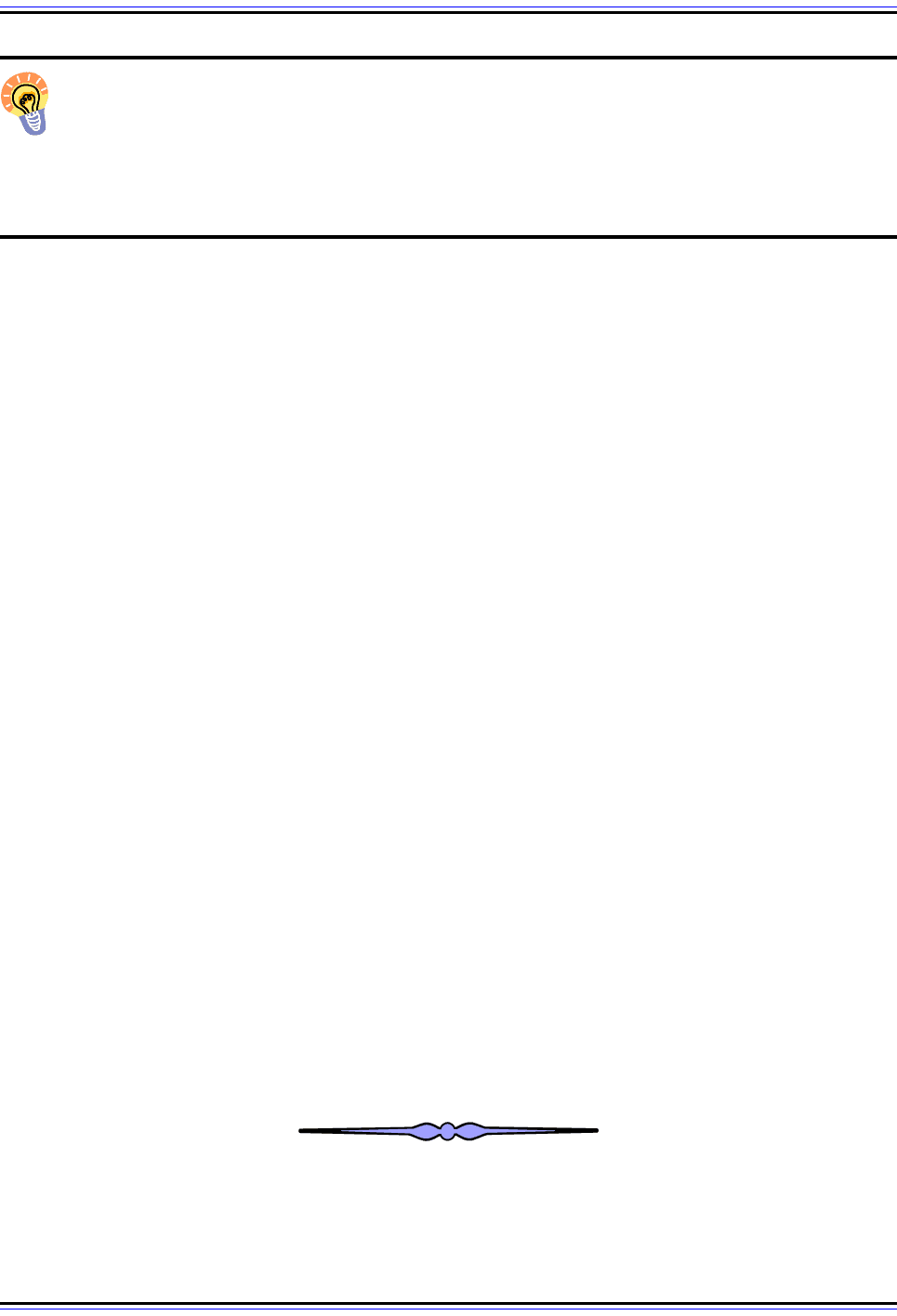
The TCP/IP Guide - Version 3.0 (Contents) ` 1204 _ © 2001-2005 Charles M. Kozierok. All Rights Reserved.
Key Concept: Since DHCP works with IP addresses and other configuration param-
eters, the change from IPv4 to IPv6 requires a new version of DHCP commonly
called DHCPv6. This new DHCP represents a significant change from the original
DHCP, and is still under development. DHCPv6 is used for IPv6 “stateful” autoconfiguration;
the alternative is stateless autoconfiguration, a feature of IPv6 that allows a client to
determine its IP address without need for a server.
DHCPv6 is also oriented around IPv6 methods of addressing, especially the use of link-
local scoped multicast addresses. This allows efficient communication even before a client
has been assigned an IP address. Once a client has an address and knows the identity of a
server it may communicate with the server directly using unicast addressing.
DHCP Message Exchanges
There are two basic client/server message exchanges that are used in DHCPv6: the four-
message exchange and the two-message exchange. The former is used when a client
needs to obtain an IPv6 address and other parameters. This process is similar to the
regular DHCP address allocation process; highly simplified, it involves these steps:
1. The client sends a multicast Solicit message to find a DHCPv6 server and ask for a
lease.
2. Any server that can fulfill the client's request responds to it with an Advertise message.
3. The client chooses one of the servers and sends a Request message to it asking to
confirm the offered address and other parameters.
4. The server responds with a Reply message to finalize the process.
There is also a shorter variation of the four-message process above, where a client sends a
Solicit message and indicates that a server should respond back immediately with a Reply
message.
If the client already has an IP address, either assigned manually or obtained in some other
way, a simpler process can be undertaken, similar to how in regular DHCP the
DHCPINFORM message is used:
1. The client multicasts an Information-Request message.
2. A server with configuration information for the client sends back a Reply message.
As in regular DHCP, a DHCPv6 client renews its lease after a period of time by sending a
Renew message. DHCPv6 also supports relay agent functionality as in DHCPv4.
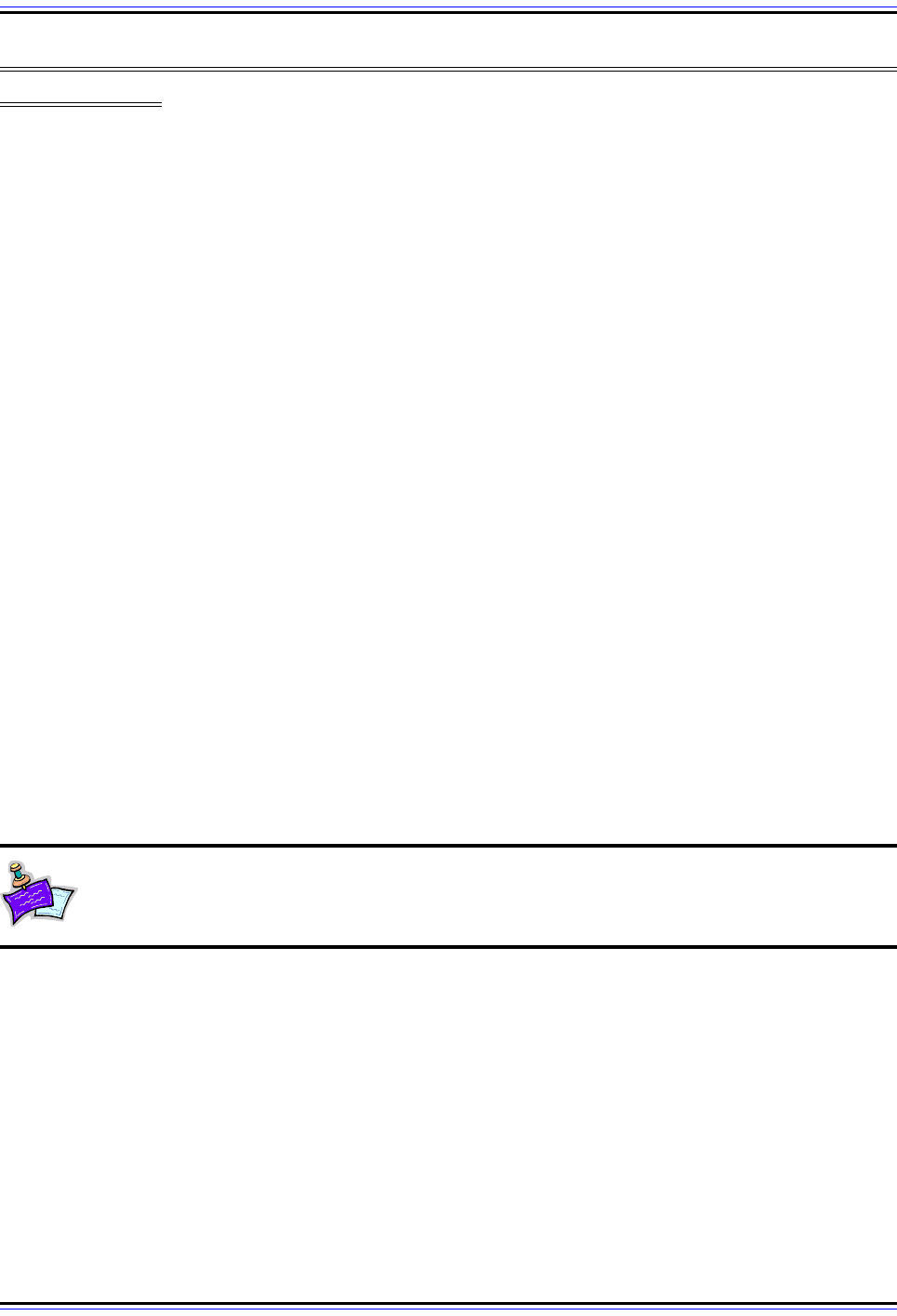
The TCP/IP Guide - Version 3.0 (Contents) ` 1205 _ © 2001-2005 Charles M. Kozierok. All Rights Reserved.
TCP/IP Network Management Framework and Protocols (SNMP
and RMON)
Modern networks and internetworks are larger, faster and more capable than their prede-
cessors of years gone by. As we expand, speed up and enhance our networks, they
become more complex, and as a result, more difficult to manage. Where years ago an
administrator could get by with very simple tools to keep a network running, today this is
simply insufficient. More sophisticated network management technologies are required to
match the sophistication of our networks.
Some of the most important tools in the network manager's “toolbox” are now in fact
software, not hardware. To manage a sprawling, heterogeneous and complex internetwork,
software applications have been developed that allow information to be gathered and
devices controlled using the internetwork itself. TCP/IP, being the most popular internet-
working suite, of course has such software tools. One of the most important is a pair of
protocols that have been implemented as part of an overall method of network
management called the TCP/IP Internet Standard Management Framework.
In this section I describe in detail the TCP/IP Internet Standard Management Framework,
looking at each of its architectural and protocol components and how they interoperate. The
first subsection provides an overview of the network management framework itself and
serves as an introduction to the sections that follow. The second subsection discusses the
way that network management information is structured and arranged into information
stores called Management Information Bases (MIBs). The third subsection describes the
operation of the key protocol in TCP/IP network management, the Simple Network
Management Protocol (SNMP). Finally, I round out the section with a brief look at Remote
Network Monitoring (RMON), an enhancement of SNMP—sometimes called a protocol,
even though it really isn't—that provides administrators with greater management and
monitoring abilities on a TCP/IP internetwork.
Note: While you may be tempted to jump straight to the subsection on SNMP,
what is written there will make a lot more sense if you read the subsections here in
order.
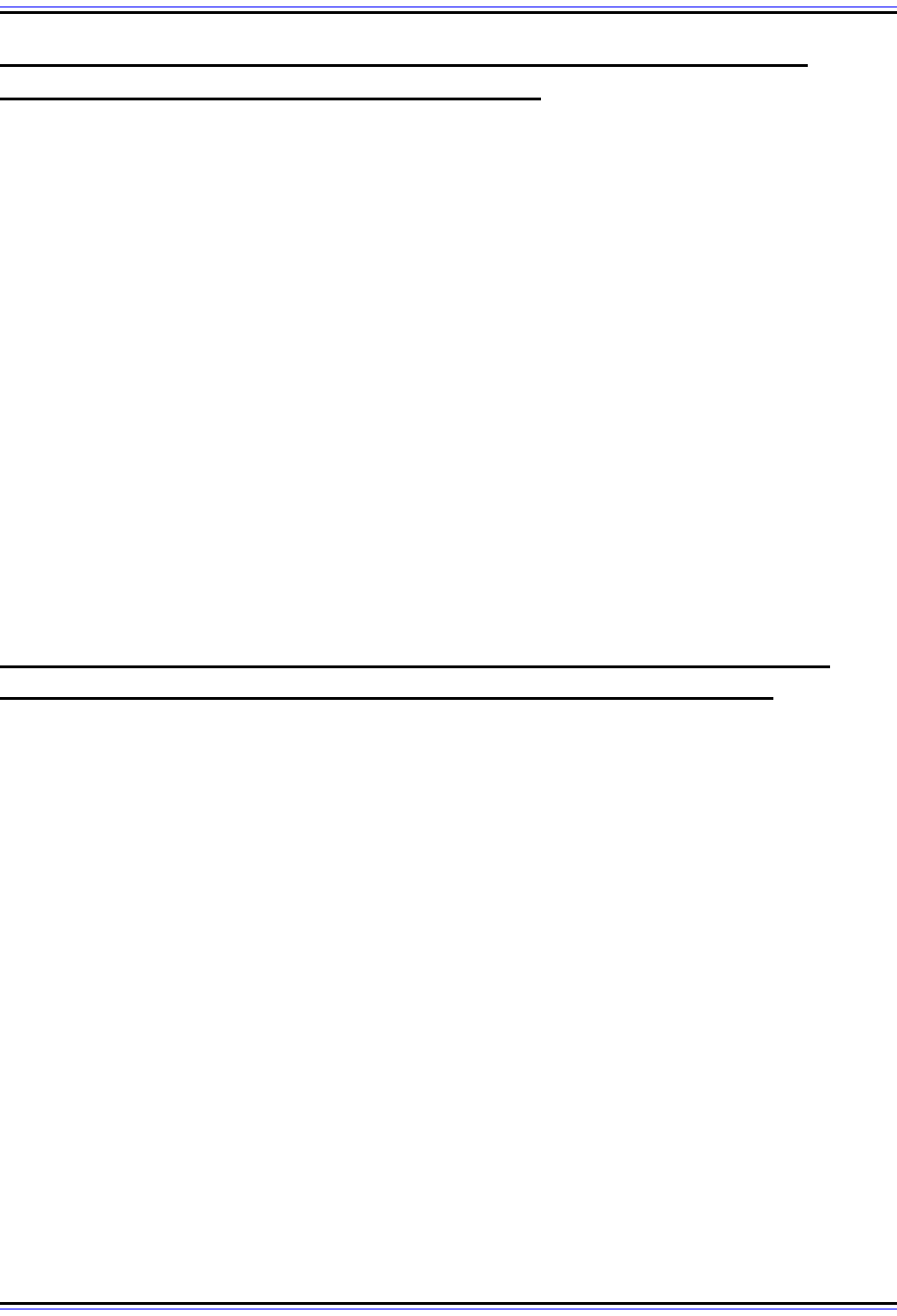
The TCP/IP Guide - Version 3.0 (Contents) ` 1206 _ © 2001-2005 Charles M. Kozierok. All Rights Reserved.
TCP/IP Internet Standard Management Framework Overview,
Architecture, Components and Concepts
TCP/IP network management functions are most commonly associated with the key
protocol responsible for implementing those functions: the Simple Network Management
Protocol (SNMP). Many people have heard of SNMP, and it is common for SNMP to be
considered “the” way that network management is performed in TCP/IP.
This is true to an extent, but is really an oversimplification. The actual SNMP protocol is
only one part of a higher-level network management strategy called the Internet Standard
Management Framework. In order to really understand how SNMP works, we need to first
have some background on the way this network management is structured as a whole.
In this section I provide an introduction to TCP/IP network management by describing the
concepts and components of the TCP/IP Internet Standard Management Framework. I
begin with an overview and history of the framework, and discuss how it is related to the
Simple Network Management Protocol (SNMP). I describe the TCP/IP network
management model and the key components that comprise a network management
system. I provide a summary of the architecture of the Internet Standard Management
Framework. I then describe the three main versions of the Framework and SNMP, and how
they are similar and different. I conclude with a discussion of the many standards used to
describe this technology.
Overview and History of the TCP/IP Internet Standard Management
Framework and Simple Network Management Protocol (SNMP)
An adage from the world of professional sports says that a baseball umpire is doing a good
job when you forget that he is there. In many ways, the same could be said of a network
administrator. The administrator is doing a good job when the network is running so
smoothly and efficiently that users forget that the administrator exists. Because as the
administrator knows all too well, the second there is a problem, the users will all remember
that he or she is there very quickly. ☺
This means that a primary job of a network administrator is to keep tabs on the network and
ensure that it is operating normally. Information about the hardware and software on the
network is a key to performing this task properly. When networks were small, an adminis-
trator could stay informed about the status of hardware and software using simple means,
such as physically walking over to a computer and using it, or using a low-level link layer
management protocol.
This is simply not possible with modern internetworks, which are large, geographically
diverse, and often consist of many different lower-layer technologies. Usually, the only thing
all the devices on the network have in common is an implementation of a particular internet-
working protocol suite, such as TCP/IP. This makes the internetwork itself a logical way to
facilitate the communication of network management information between devices and a
network administrator.
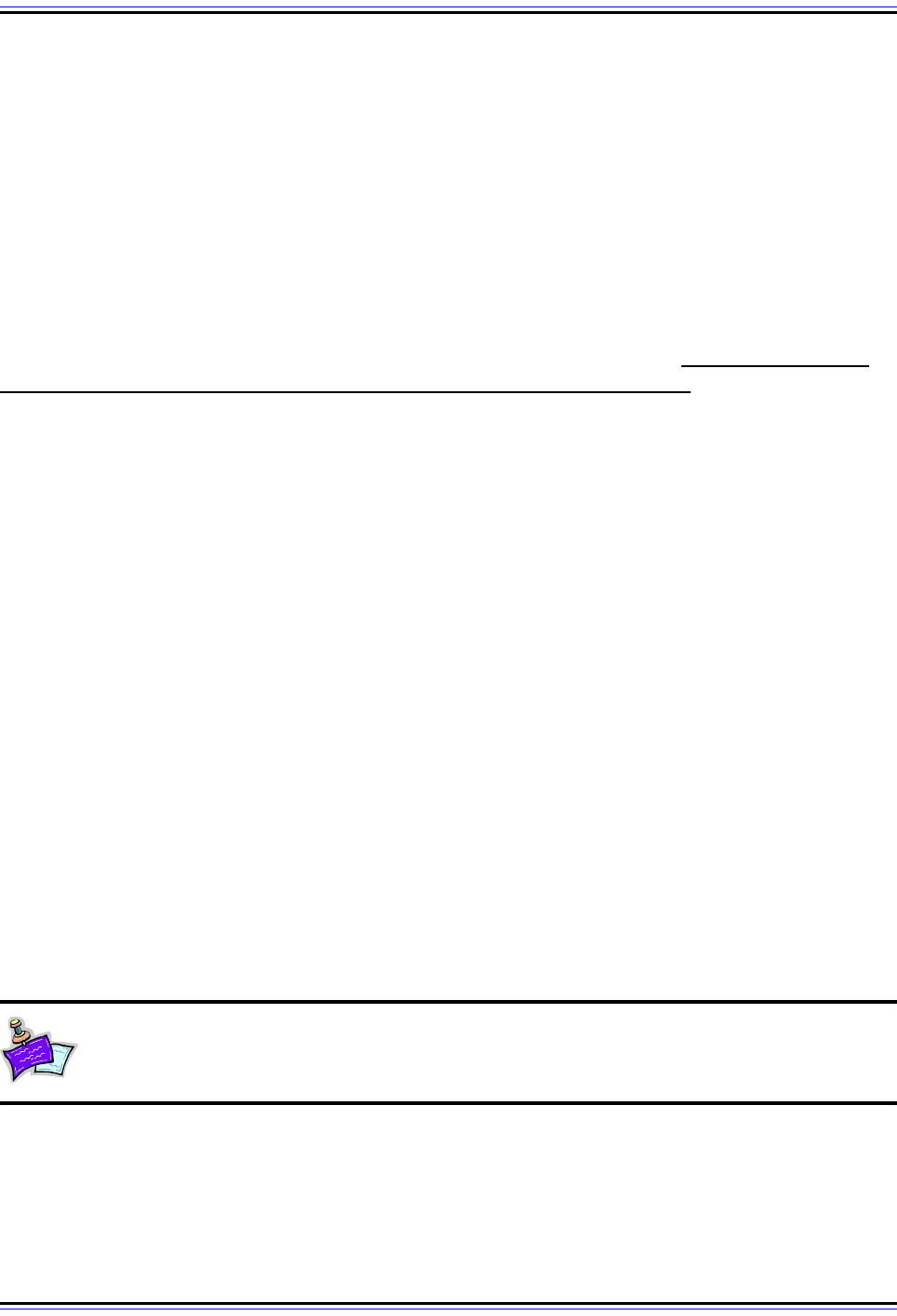
The TCP/IP Guide - Version 3.0 (Contents) ` 1207 _ © 2001-2005 Charles M. Kozierok. All Rights Reserved.
Early Development of SNMP
Many people recognized during the early days of the Internet that some sort of network
management technology would be needed for TCP/IP. Unfortunately, at first there was no
single standard—in the 1980s, several different technologies were developed by different
working groups. There were three main contestants: the High-level Entity Management
System (HEMS) / High-level Entity Management Protocol (HEMP) as defined by RFCs
1021 through 1024; the Simple Gateway Monitoring Protocol (SGMP), defined by RFC
1028; and the Common Management Information Protocol (CMIP), which is actually part of
the OSI protocol suite.
The Internet Engineering Task Force (IETF) recognized the importance of having a unifying
management standard for TCP/IP, and in 1988 published RFC 1052, IAB Recommenda-
tions for the Development of Internet Network Management Standards. This memo is not a
standard, but more of a statement of intention and documentation of a meeting held on this
subject. The conclusion of RFC 1052 was that SGMP be used as the basis of a new
Internet standard to be called the Simple Network Management Protocol (SNMP). This
development was to be carried out by the SNMP Working Group.
The Two Meanings of "SNMP"
The rationale of the middle two words in the name “Simple Network Management Protocol”
is obvious, but the other two words are slightly more problematic. ☺ The word “Protocol”
implies that SNMP is just a TCP/IP communication protocol, like other protocols such as
DHCP or FTP. Unfortunately, this is both true and untrue: the term “SNMP” is ambiguous.
At a lower level, SNMP does indeed refer specifically to the actual protocol that carries
network management information between devices. This is in fact what most people think of
when they talk about “SNMP”. However, as defined by the SNMP working group, the TCP/
IP network management solution as a whole consists of a number of different elements
arranged in an architecture.
This architecture originally had no specific name, but is now called the Internet Standard
Management Framework. Oddly, this higher-level framework is not abbreviated “ISMF” or
anything like that; it is also called “SNMP”, which means that context is important in under-
standing that term.
Note: To avoid confusion, I will often use the phrases “SNMP Framework” and
“SNMP Protocol” to differentiate these two uses of the term “SNMP”.
Design Goals of SNMP
The word “Simple” in “Simple Network Management Protocol” is another sore spot for me;
having researched and written about this technology, I now consider the presence of this
term in the name “SNMP” to be almost a taunt. Let's put it this way: if a brain surgeon tells
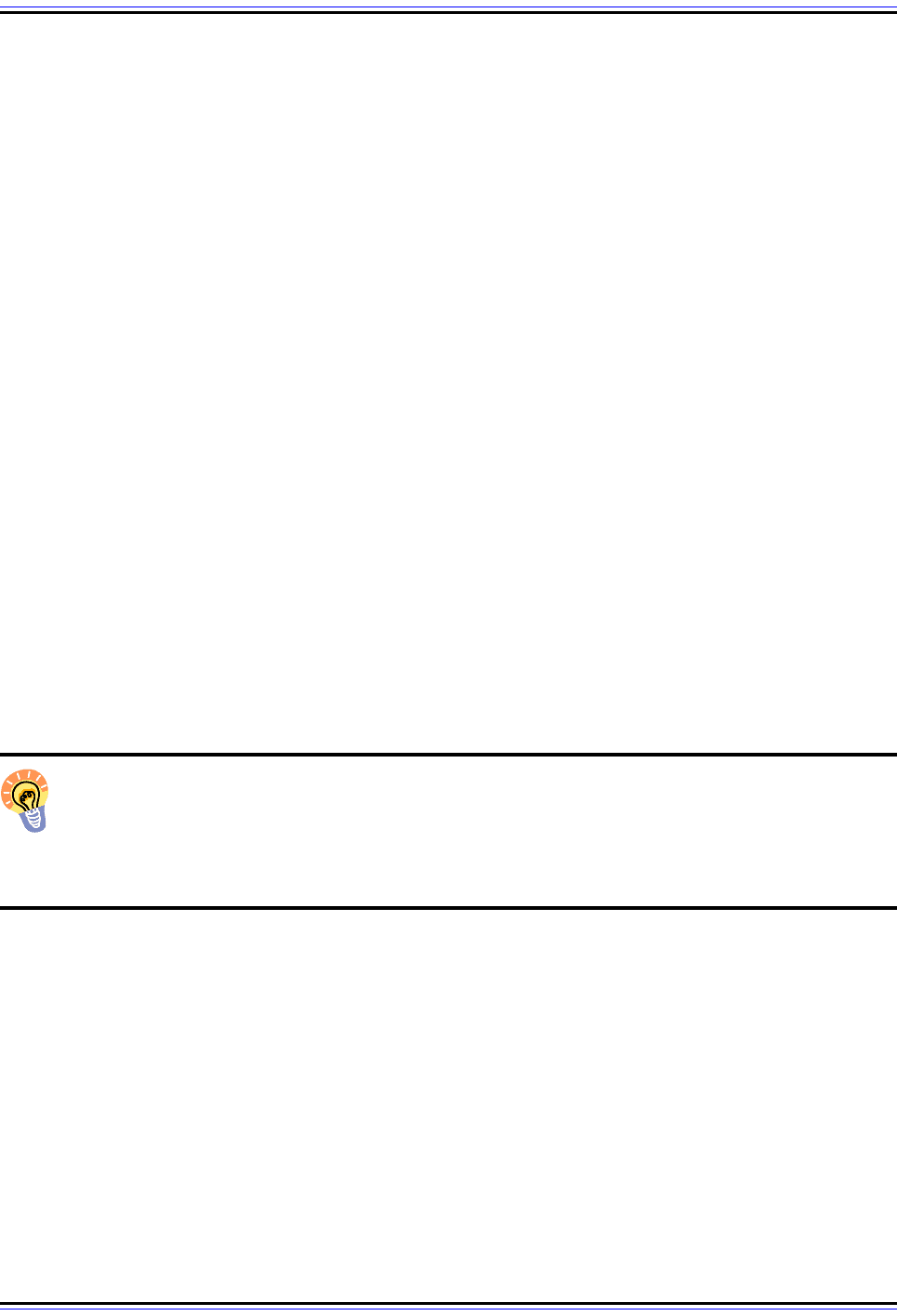
The TCP/IP Guide - Version 3.0 (Contents) ` 1208 _ © 2001-2005 Charles M. Kozierok. All Rights Reserved.
you that something is a “simple procedure”, you probably know to take that with a grain of
salt—well, the same applies here. Even in its first iteration it was only somewhat simple; the
most current version of SNMP is fairly complicated indeed, with many different standards
defining the SNMP Framework, the SNMP Protocol itself, and a number of supporting
elements.
So why is it called “simple”? Well, as they say, everything's relative; SNMP is “simple” when
compared to other protocols that are even more complex. Some of this can be seen by
looking at the basic goals of the Internet Standard Management Framework and the SNMP
protocol as a whole:
☯ SNMP defines a universal way that management information can be easily defined for
any object and then exchanged between that object and a device designed to facilitate
network management;
☯ SNMP separates the functions of defining and communicating management infor-
mation from the applications that are used for network management;
☯ The actual SNMP protocol is fairly simple, consisting of only a few easy-to-understand
protocol operations;
☯ The implementation of SNMP is relatively simple for the designers and manufacturers
of products.
Since SNMP is a TCP/IP application layer protocol, it can theoretically run over a variety of
transport mechanisms. It is most commonly implemented over IP, of course, but the most
recent versions also define transport mappings that can allow SNMP information to be
carried over other internetworking technologies. Again, my focus will continue to be almost
exclusively on TCP/IP.
Key Concept: The Simple Network Management Protocol (SNMP) defines a set of
technologies that allows network administrators to remotely monitor and manage
TCP/IP network devices. The term “SNMP” refers both to a specific communication
protocol (sometimes called the SNMP Protocol) and an overall framework for Internet
management (the SNMP Framework).
Further Development of SNMP and the Problem of SNMP Variations
The description above provides the history of how the first version of SNMP was developed,
leading to the publishing of the first Internet Standard Management Framework in 1988; this
is now called SNMP version 1 (SNMPv1). This initial version of SNMP achieved widespread
acceptance, and it is still probably the most common version of SNMP.
Much of the history of SNMP since that time has been a rather confusing “standards
nightmare”. SNMPv1 had a number of weaknesses, particularly in the area of security. For
this reason, shortly after SNMPv1 was done, work began on a new version of SNMP. Unfor-
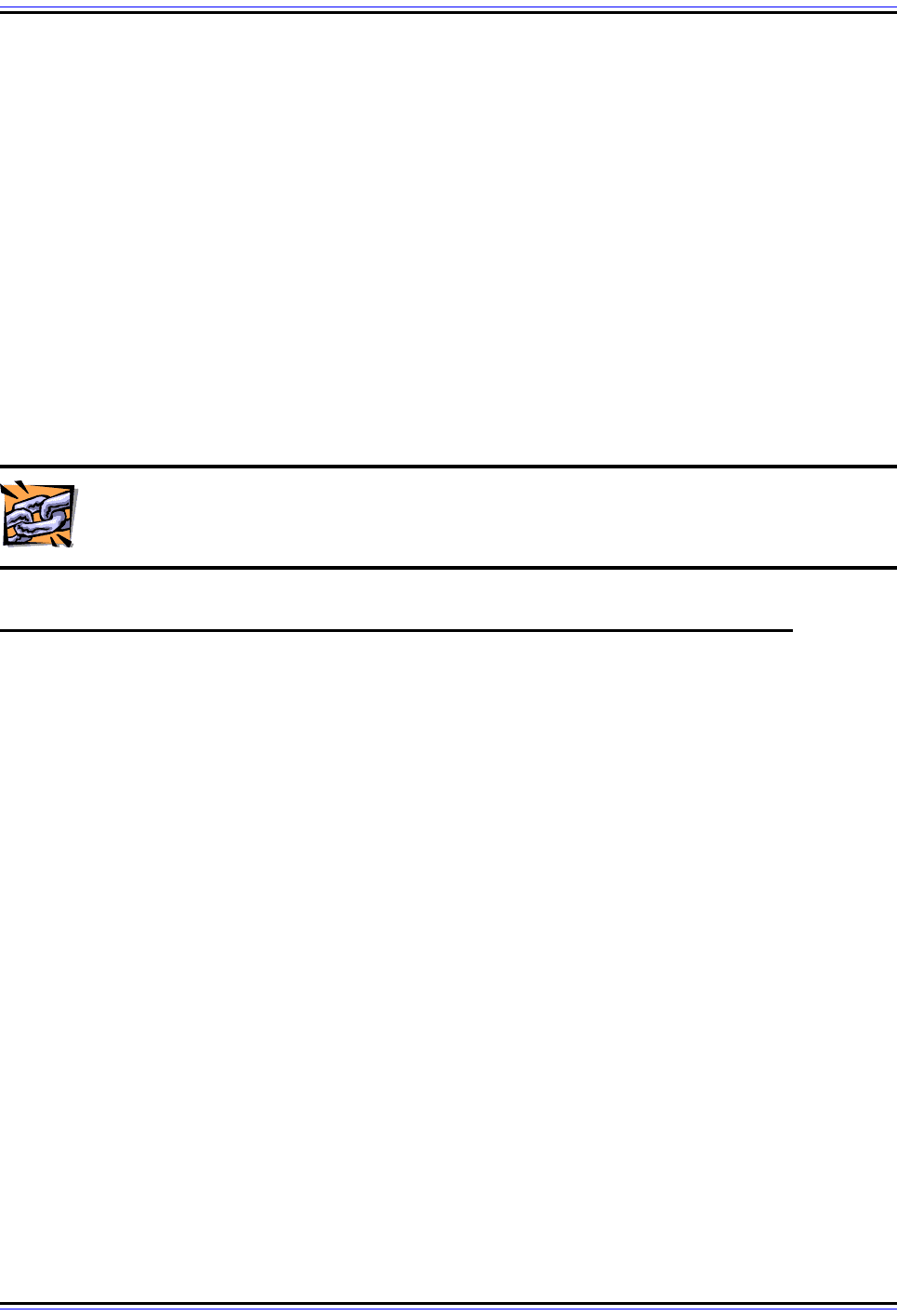
The TCP/IP Guide - Version 3.0 (Contents) ` 1209 _ © 2001-2005 Charles M. Kozierok. All Rights Reserved.
tunately, this effort became a quagmire, with many competing variations of SNMPv2 being
created. After many years of confusion, none of the SNMPv2 variants achieved significant
success.
Recently, a third version of the SNMP Framework and Protocol has been published, which
adds new features and “reunites” SNMP back under a single universal protocol again. The
topics on SNMP versions and SNMP standards later in this section further explore the
history of SNMP since 1988; they can be considered a continuation of this topic, as they
help clarify the very confusing story behind SNMP versions over the last decade and a half.
This overview may have put more questions in your mind about the Internet Standard
Management Framework and SNMP than it answered. This is part of why I said this stuff
isn't really that simple. ☺ The next two topics in this section provide more information about
the Framework and its components, and what those components do, so you can under-
stand better what the Framework is all about.
Related Information: More background on the SNMP protocol proper can be
found in the overview topic on the actual protocol itself.
TCP/IP SNMP Operational Model, Components and Terminology.
So, it seems the “Simple” Network Management Protocol (SNMP) isn't quite so simple after
all. There are many versions and standards and uses of SNMP, and so a lot we need to
learn. I think a good place to start in understanding what SNMP does is to look at its model
of operation, and examine the components that comprise a TCP/IP network management
system and the terminology used to describe them.
SNMP Device Types
As we saw in the preceding high-level overview topic, the overall idea behind SNMP is to
allow the information needed for network management to be exchanged using TCP/IP.
More specifically, the protocol allows a network administrator to make use of a special
network device that interacts with other network devices to collect information from them,
and modify how they operate. In the simplest sense, then, two different basic types of
hardware devices are defined:
☯ Managed Nodes: Regular nodes on a network that have been equipped with software
to allow them to be managed using SNMP. These are, generally speaking, conven-
tional TCP/IP devices; they are also sometimes called managed devices.
☯ Network Management Station (NMS): A designated network device that runs special
software to allow it to manage the regular managed nodes mentioned just above. One
or more NMSes must be present on the network, as these devices are the ones that
really “run” SNMP.
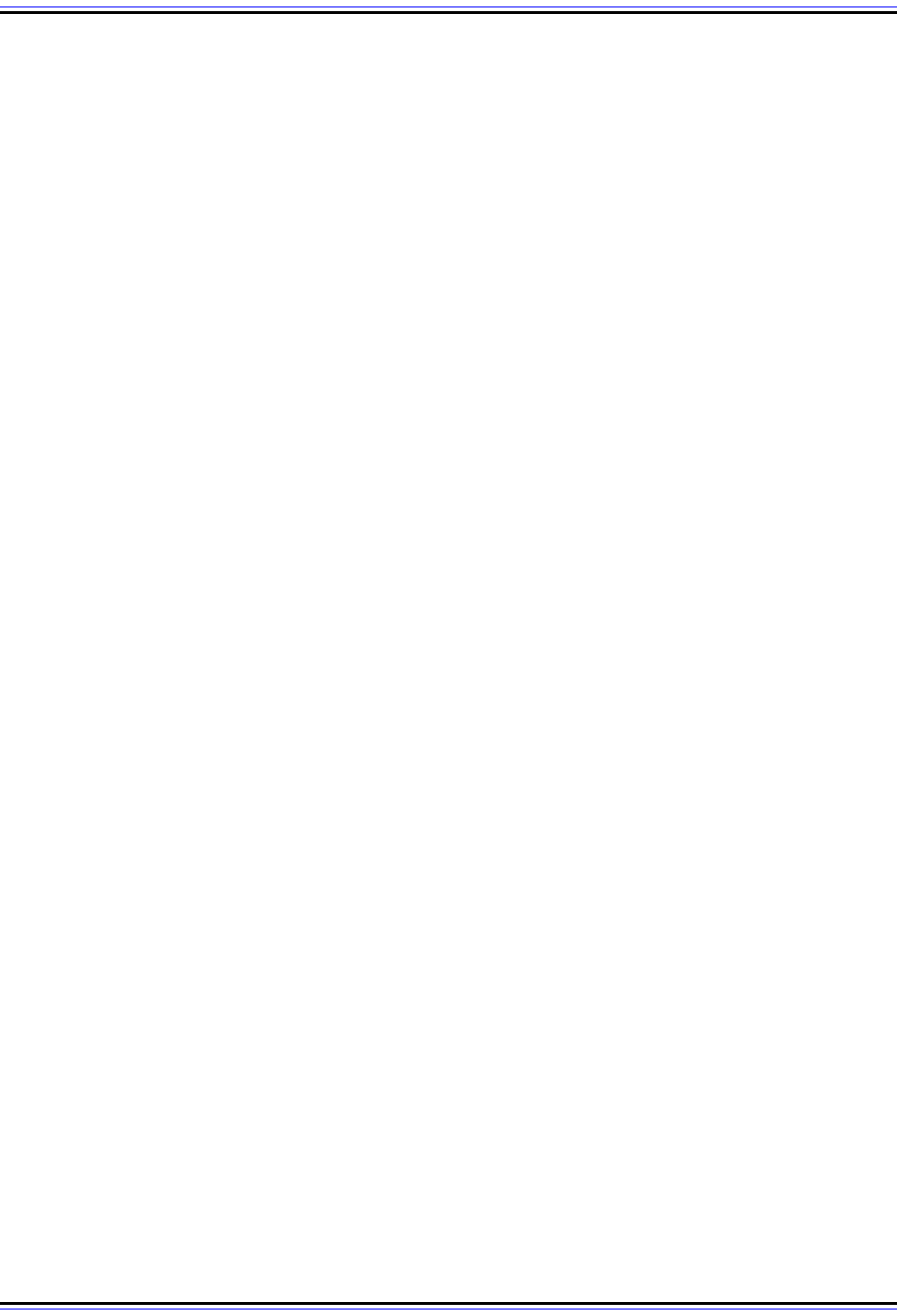
The TCP/IP Guide - Version 3.0 (Contents) ` 1210 _ © 2001-2005 Charles M. Kozierok. All Rights Reserved.
SNMP Entities
Each device that participates in network management using SNMP runs a piece of
software, generically called an SNMP entity. The SNMP entity is responsible for imple-
menting all of the various functions of the SNMP protocol. Each entity consists of two
primary software components. Which components comprise the SNMP entity on a device
depends of course on whether the device is a managed node or a network management
station.
Managed Node Entities
An SNMP managed node can be pretty much any network device that can communicate
using TCP/IP, as long as it is programmed with the proper SNMP entity software. SNMP is
designed to allow regular hosts to be managed, as well as intelligent network intercon-
nection devices such as routers, bridges, hubs and switches. Other “unconventional”
devices can likewise be managed, as long as they connect to a TCP/IP internetwork:
printers, scanners, consumer electronic devices, even specialty medical devices and more.
The SNMP entity on a managed node consists of the following software elements and
constructs:
☯ SNMP Agent: A software program that implements the SNMP protocol and allows a
managed node to provide information to an NMS and accept instructions from it.
☯ SNMP Management Information Base (MIB): Defines the types of information stored
about the node that can be collected and used to control the managed node. Infor-
mation exchanged using SNMP takes the form of objects from the MIB.
Network Management Station Entities
On a larger network, a network management station may be a separate, high-powered
TCP/IP computer dedicated to network management. However, it is really software that
makes a device into an NMS, so the NMS may not be a separate hardware device. It may
act as an NMS and also perform other functions on the network.
The SNMP entity on a network management station consists of:
☯ SNMP Manager: A software program that implements the SNMP protocol, allowing
the NMS to collect information from managed nodes and to send instructions to them.
☯ SNMP Applications: One or more software applications that allow a human network
administrator to use SNMP to manage a network.
SNMP Terminology Summary
So, to integrate and reiterate all of this, let's summarize. SNMP consists of a small number
of network management stations (NMSes) that interact with regular TCP/IP devices that are
called managed nodes. The SNMP manager on the NMS and the SNMP agents on the
managed nodes implement the SNMP protocol and allows network management infor-
